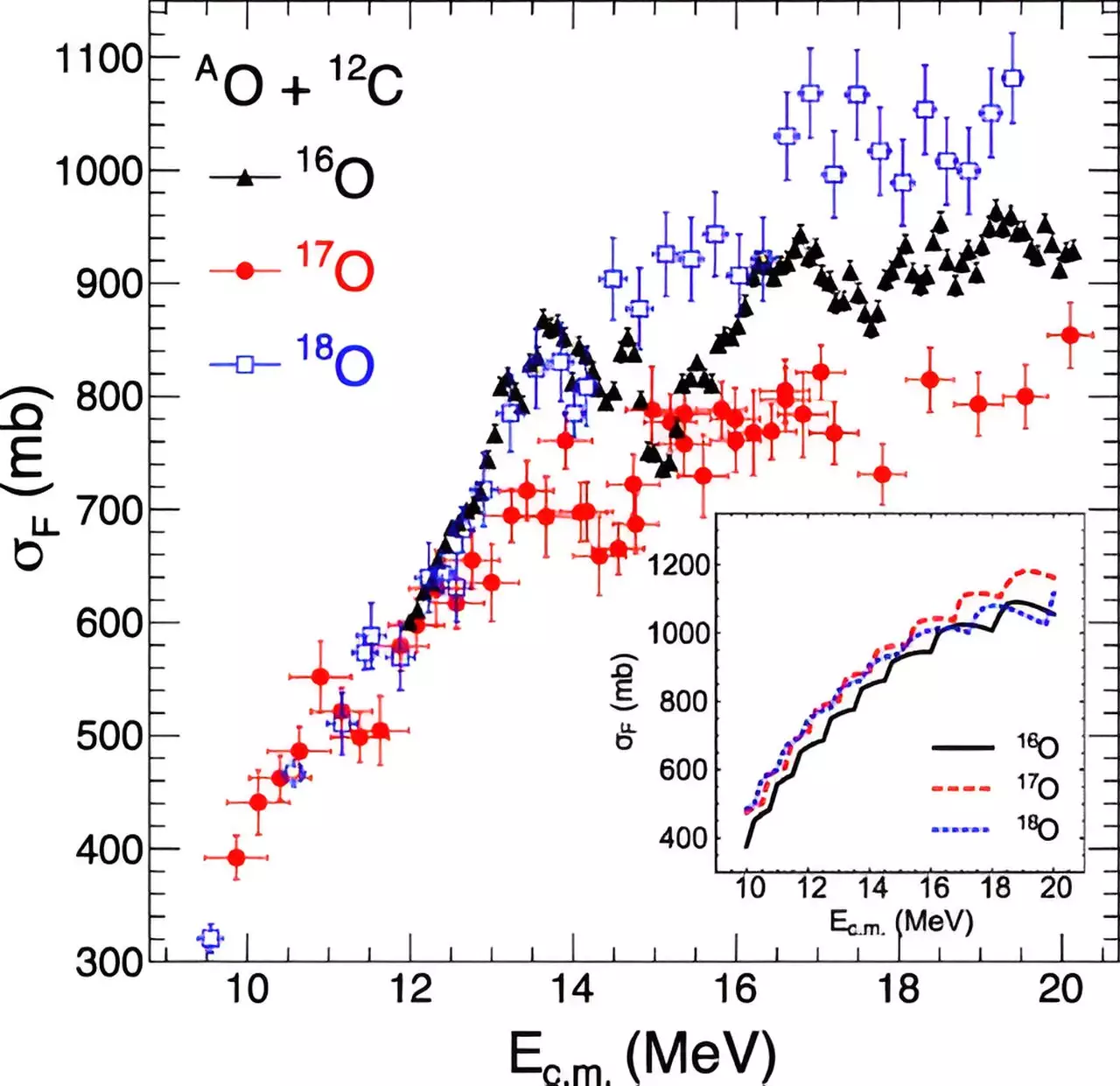The fusion of two nuclei is not a simple process, as it is influenced by a myriad of factors. These factors go beyond just the relative energy and angular momentum of the nuclei, extending to how their structures evolve during collision. The quantum nature of the nuclei also plays a significant role in determining the outcome of the fusion process.
In a groundbreaking new study, researchers have conducted the most detailed computational simulation to date of fusion reaction processes. Utilizing supercomputing facilities, they executed thousands of time-dependent simulations to gain a deeper understanding of nuclear fusion. The findings of the study were published in the esteemed journal Physical Review C.
Despite the advancements made through direct simulation of fusion reactions, there are still discrepancies between the results of the simulations and the fusion probabilities measured in experiments. These variations point to phenomena that are not yet comprehensively explained by existing theories. Scientists anticipate that these unexplained phenomena will become more prevalent in reactions involving short-lived rare isotopes at cutting-edge radioactive beam facilities.
One of the key revelations of the study was the discovery of a non-smooth, oscillatory behavior in the fusion probability of oxygen isotopes colliding with carbon nuclei, varied by energy levels. This unexpected finding highlights the complexity of nuclear fusion and underscores the need for advanced theoretical methods and high-performance computing to unravel these intricacies.
By combining sophisticated theoretical approaches, state-of-the-art computing capabilities, and highly detailed experimental data, the study has provided the most comprehensive insight into the collision dynamics of complex nuclei to date. The refined model of nuclear collisions holds immense promise in elucidating the intricate processes involved in nuclear fusion.
Analyzing the current disparities between experimental observations and theoretical predictions will shed light on the unexplored factors influencing fusion reactions. As research on reactions involving short-lived, rare isotopes gains momentum, facilities such as the Facility for Rare Isotope Beams at Michigan State University will play a crucial role in unraveling the complexities of nuclear fusion.
The study represents a significant advancement in the realm of nuclear fusion research, providing a clearer understanding of the factors at play during fusion reactions. The intricate nature of these processes emphasizes the need for continued exploration and innovation in the field of nuclear physics.


Leave a Reply
You must be logged in to post a comment.